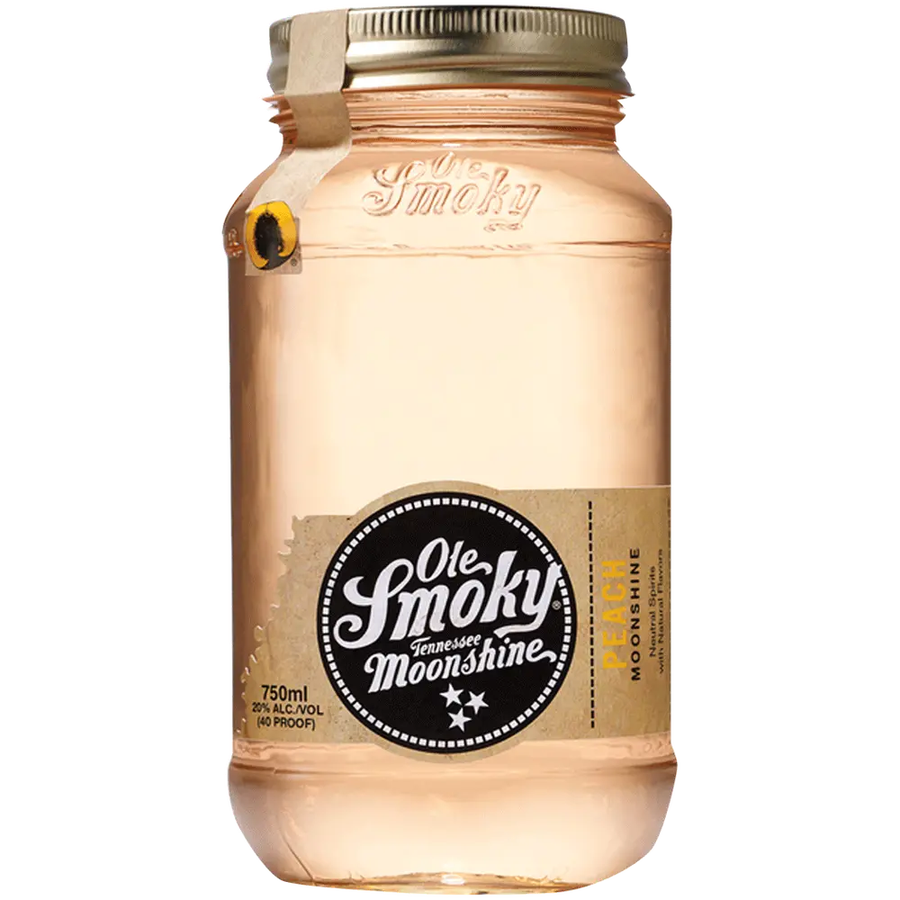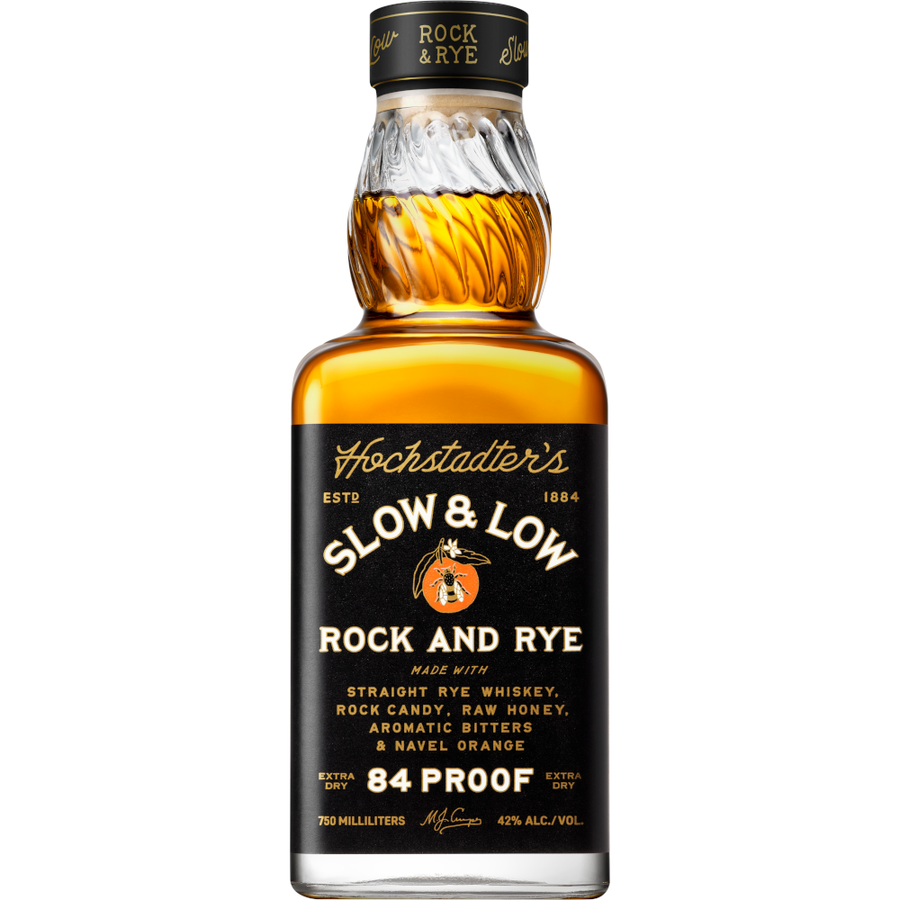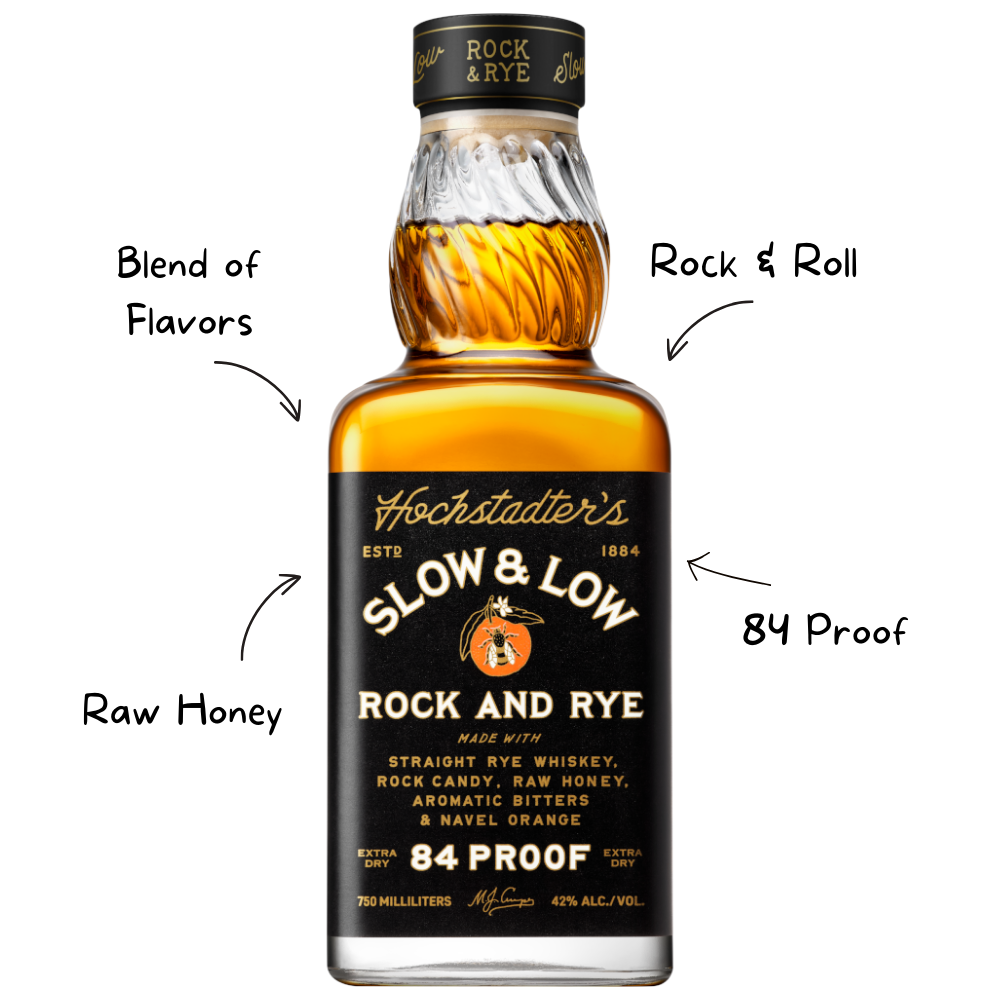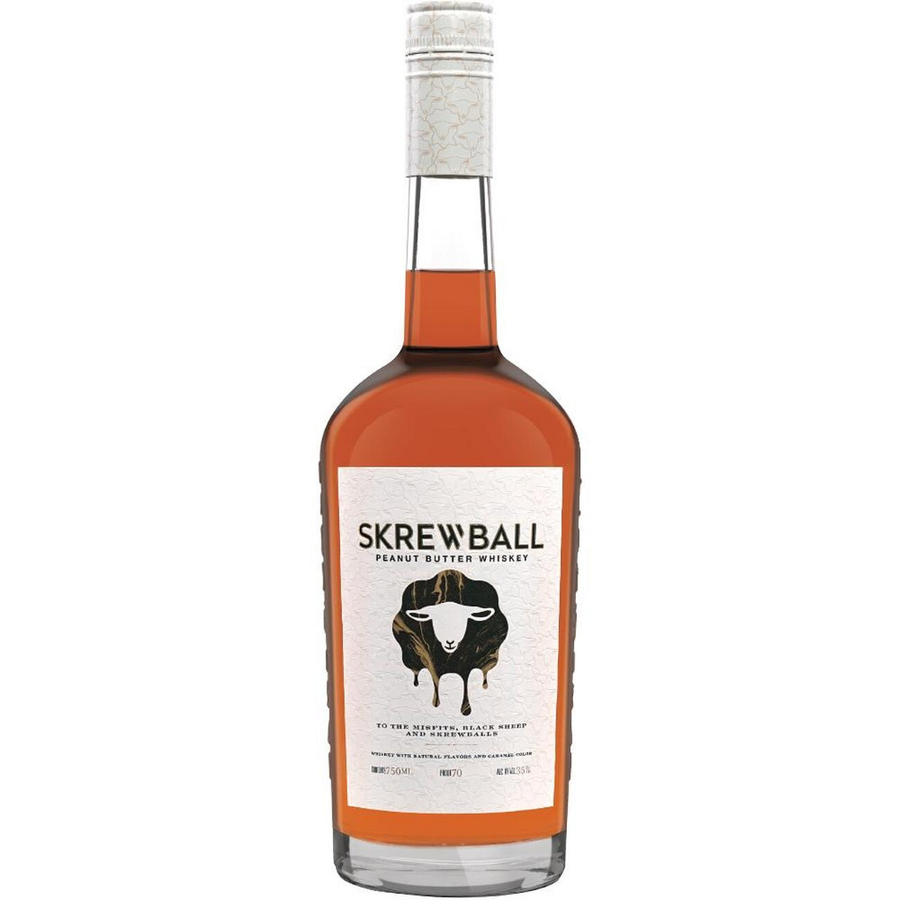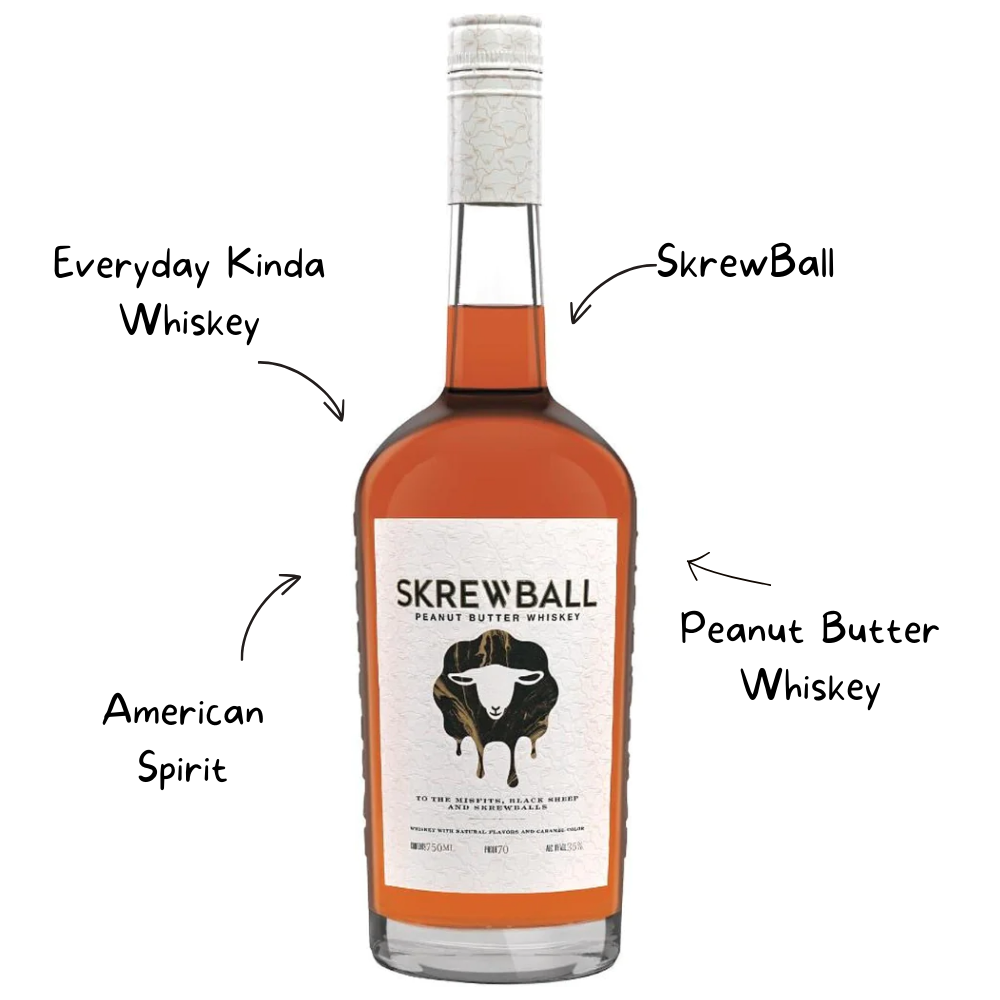
The United States has a rich and varied whiskey production heritage that spans centuries. American whiskey is as diverse as the country itself, shaped by regional influences, local ingredients, climate, and traditions.
Whiskey production in the United States is rich with tradition, with many practices and techniques passed down through generations. These traditions have helped shape the unique character of American whiskey and are still respected and followed today, even as innovation also plays a role in the industry. Here are some key traditions of whiskey production in the U.S.:
-
Mash Bill: In the U.S., the type of whiskey is often determined by the mash bill, or the grain recipe used in fermentation. Bourbon, for example, must have a mash bill that's at least 51% corn. Rye whiskey, on the other hand, must be at least 51% rye. These traditions are actually protected by law.
-
New Charred Oak Barrels: American law also stipulates that both bourbon and Tennessee whiskey must be aged in new, charred oak barrels. This tradition imparts the whiskey with its amber color and contributes significantly to its flavor, giving it notes of caramel, vanilla, and sometimes smoky char.
-
Sour Mash Process: Many American distilleries, particularly those in Kentucky and Tennessee, use the sour mash process in production. This process involves using a portion of previously fermented mash to start the fermentation of the new mash, similar to the way sourdough bread is made. This tradition helps achieve consistency from batch to batch.
-
The Lincoln County Process: This is a step used in making Tennessee whiskey, where the spirit is filtered through charcoal before aging. This process, named after the county where Jack Daniel's first used it, mellows the whiskey and gives it a distinct smoothness.
-
Bottled in Bond: This is a tradition that dates back to the Bottled-in-Bond Act of 1897. To be labeled as "Bottled in Bond," the whiskey must be the product of one distillation season by one distiller at one distillery, aged in a federally bonded warehouse under U.S. government supervision for at least four years, and it must be bottled at 100 proof. This tradition guarantees the authenticity and quality of the whiskey.
-
Moonshining: While not a legal tradition, moonshining (the production of homemade, often illicit, whiskey) is a part of American whiskey's history, particularly in Appalachia. Some legal distilleries today even pay homage to this tradition with unaged products they call "moonshine."
These traditions, along with the unique ingredients, climates, and regional characteristics of the U.S., contribute to the distinctive styles and flavors of American whiskey. Despite these long-held traditions, the industry also continues to innovate, with many craft distilleries experimenting with different grains, aging processes, and distillation techniques.
There are several regions of whiskey production in the United States, each with its own unique style and flavor profile. Here are some examples:
Whiskey From Kentucky
Kentucky is often referred to as the "bourbon capital of the world" and is famous for its production of bourbon whiskey. Bourbon must be made from at least 51% corn and aged in new, charred oak barrels for a minimum of two years. Kentucky bourbon is known for its sweet, smooth flavor profile, with notes of caramel, vanilla, and oak. The allure of Kentucky bourbon is its rich history and tradition, as well as the unique limestone water and climate of the region, which contribute to the flavor of the whiskey.
Whiskey From Tennessee
Tennessee is known for its production of Tennessee whiskey, which is similar to bourbon but must undergo a specific charcoal filtering process called the "Lincoln County Process". This process involves filtering the whiskey through sugar maple charcoal before aging, which can give Tennessee whiskey a smoother, more mellow flavor profile. Famous brands of Tennessee whiskey include Jack Daniel's and George Dickel.
Whiskey From Pennsylvania
Pennsylvania is home to the production of rye whiskey, which is made from at least 51% rye and aged in new, charred oak barrels. Rye whiskey is known for its spicy, peppery flavor profile, with notes of cinnamon, clove, and nutmeg. Pennsylvania rye whiskey has a long history dating back to colonial times, and its allure lies in its distinctive flavor profile and its status as a historically significant American spirit.
Whiskey From New York
New York is a relatively new player in the world of whiskey production but has gained a reputation for its production of high-quality rye whiskey and bourbon. New York whiskey is often characterized by its unique flavor profiles, which are influenced by the local climate and the use of locally sourced grains. Famous New York whiskey brands include Hudson Whiskey and Tuthilltown Spirits.
Whiskey From Colorado
Colorado is known for its production of whiskey aged at high altitude, which can result in a faster aging process and a unique flavor profile. Colorado whiskey is often characterized by its rich, complex flavors, with notes of caramel, chocolate, and toasted oak. Famous Colorado whiskey brands include Stranahan's and Laws Whiskey House.
The allure of American whiskey lies in its diversity and the unique characteristics of each region's production methods and ingredients. Whether you prefer the sweet, smooth flavor of Kentucky bourbon or the spicy kick of Pennsylvania rye whiskey, there is a type of American whiskey to suit every taste.






